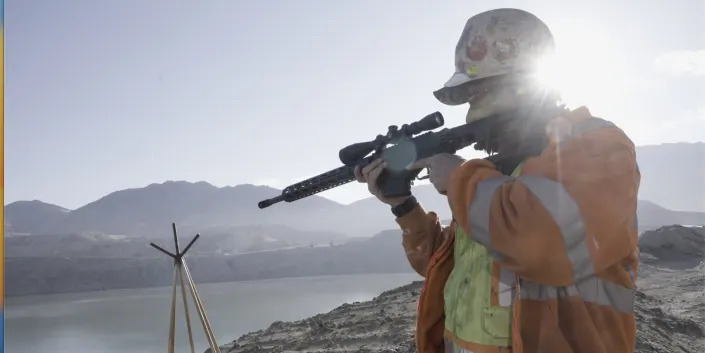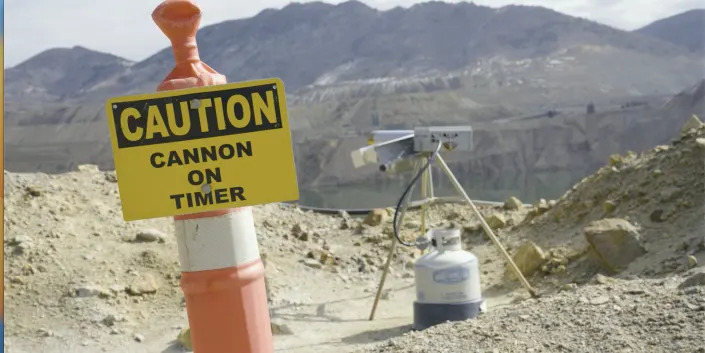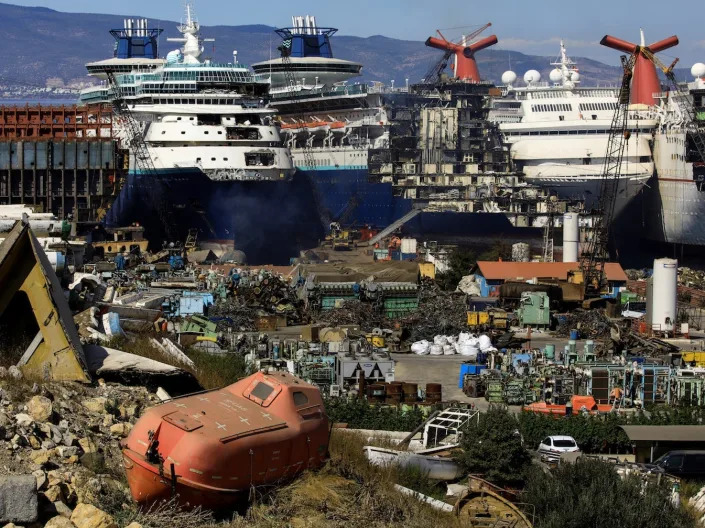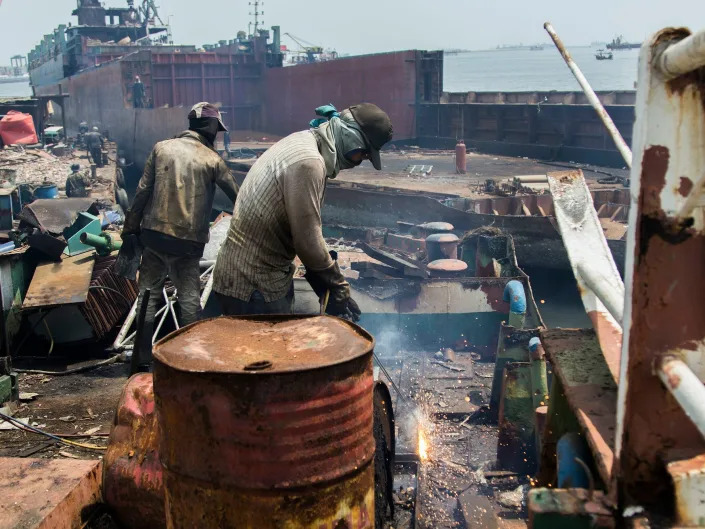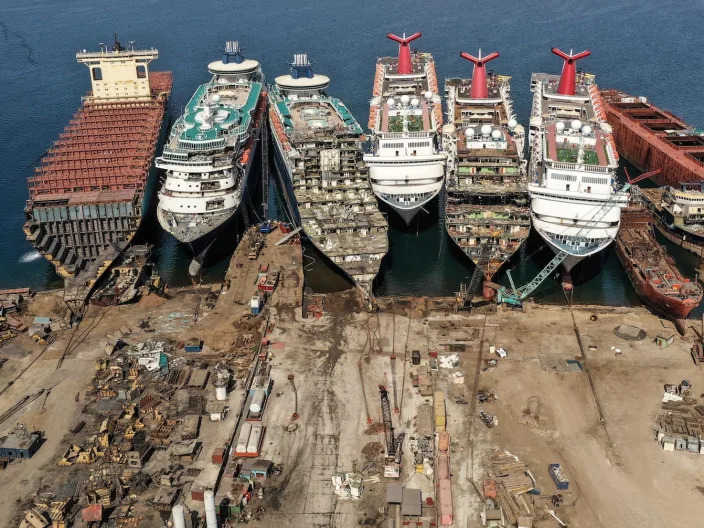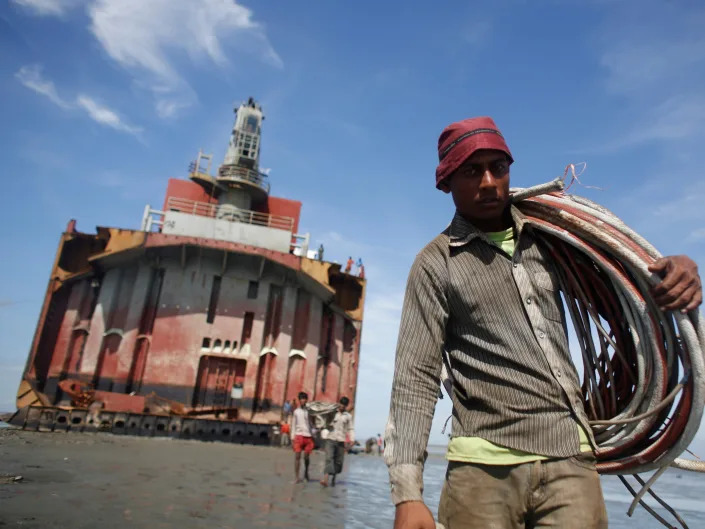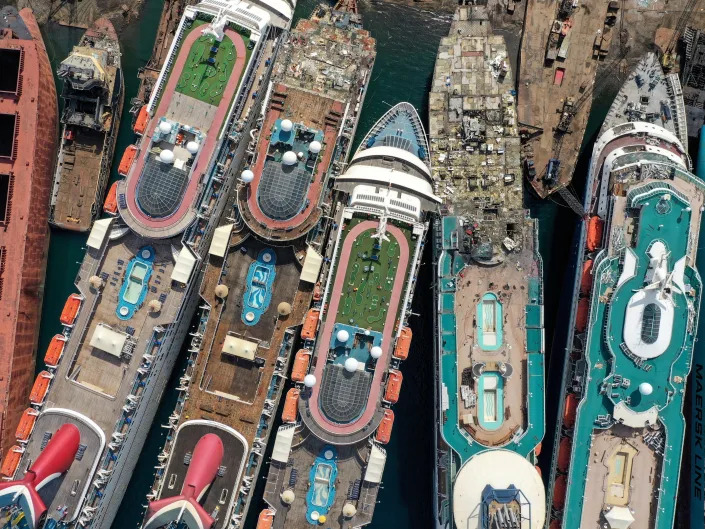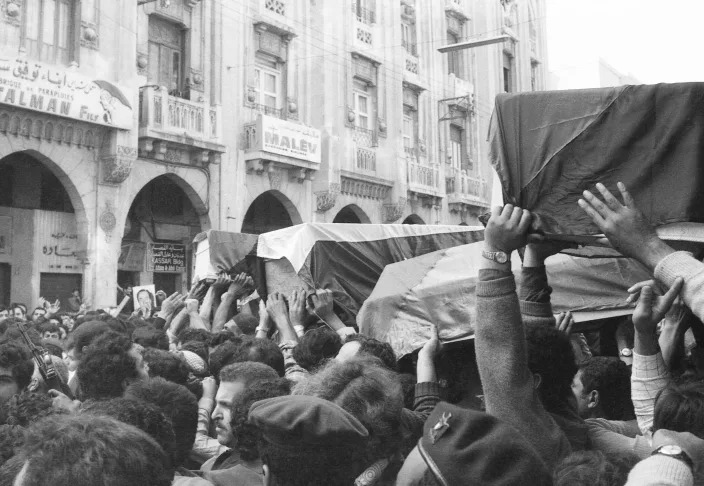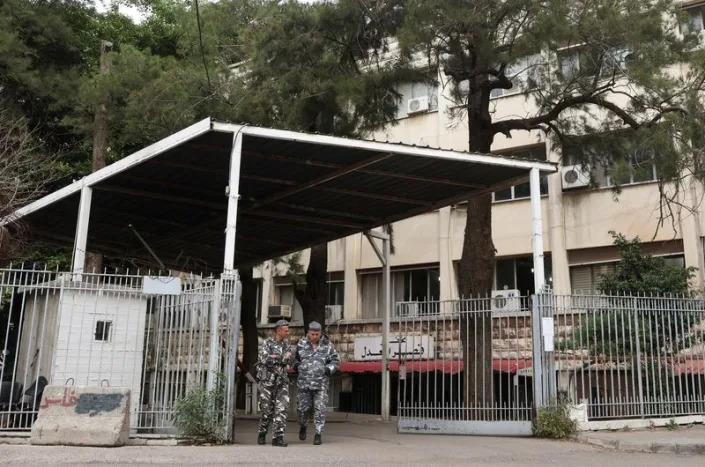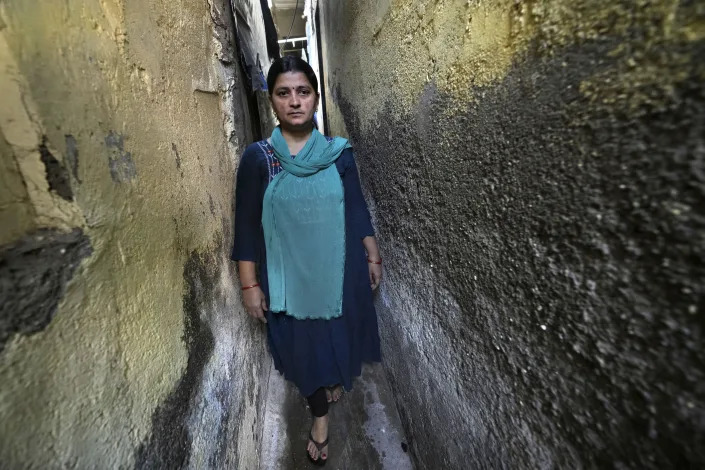Kenneth Niemeyer
Sun, April 9, 2023

Norfolk Southern Railway train passes through East Palestine
Another Norfolk Southern train derailed, this time in Jasper, Alabama, police say.
The derailment follows a Norfolk Southern train that derailed in East Palestine, Ohio in February, spilling toxic chemicals into the environment.
Norfolk Southern says that the train that derailed in Alabama was not carrying hazardous materials, police say.
Another day, another train derailment in the United States.
A Norfolk Southern train went off the tracks near Jasper, Alabama, on Sunday, trapping the train's crew in the engine room briefly after the engine car tipped over, the Jasper police said in a statement.
"There were no major injuries, but [Regional Paramedic Services] was called to the scene to evaluate the crew and transported two crew members as a precaution. "
The derailment comes two months after another Norfolk Southern train came off the tracks in East Palestine, Ohio, spilling hazardous chemicals and forcing the partial evacuation of the town for several weeks. Animals started dying at alarming rates near the town after officials conducted a "controlled release" of the chemicals on board.
Rail unions say cost-cutting measures have caused railroads to become unsafe in recent years and have called for strengthened safety measures, according to USA Today. The incident rate of train accidents in 2022 was 16.75, an increase from 15.42 in 2020, Federal Railroad Administration data shows.
The Jasper Police Department said that Norfolk Southern officials confirmed that there were no hazardous chemicals on board the train that derailed on Sunday. Norfolk Southern told Insider in a statement that 11 cars and the lead locomotive of the train derailed and rolled onto its side, spilling some diesel fuel and engine oil.
"There are no reports of a hazmat situation or danger to the public," the statement said. "Our two crew members were transported to the hospital and have since been released."

Multiple Norfolk Southern train cars derailed near Pittsburgh, Pennsylvania on Saturday, amid the recent turmoil surrounding the U.S.-based railway company, which was at the center of a toxic train derailment on the Ohio-Pennsylvania state line in February.
CBS News reported that five empty cars derailed, closing a stretch of West Carson Street, which runs alongside the Ohio River. Authorities said that no injuries or safety hazards have been reported in the incident.
In a statement to The Hill, a Norfolk Southern spokesperson said its crews and contractors have already begun the cleanup process.
“This morning, approximately five empty steel cars derailed near Pittsburgh. There is no hazardous material involved, and the cars are upright. There were no injuries reported. Norfolk Southern crews and contractors are on-site and have begun clearing the cars,” Norfolk Southern said in its statement.
“To access the site, we may have to stage some equipment on nearby roads — we appreciate the community’s patience while this work happens.”
This is at least the fourth derailment incident involving Norfolk Southern’s trains since the start of 2023.
Last month, a company train derailed in northeast Alabama, sending 30 empty train cars off the tracks en route from Atlanta to Mississippi.
The Alabama derailment happened on the same day Norfolk Southern CEO Alan Shaw testified before the Senate Environment and Public Works Committee on the disastrous derailment of a company train in East Palestine, Ohio.
In that crash, a train carrying toxic chemicals derailed near the Pennsylvania state line, causing a massive fire and prompting authorities to evacuate about half of the 4,800 residents in the surrounding area.
Some of the rail cars were carrying hazardous materials including vinyl chloride, combustible liquids, butyl acrylate, benzene residue, and other nonhazardous materials, spurring fears among East Palestine residents of long-term contamination of air and water.
The National Transportation Safety Board (NTSB) has opened a special investigation into the company, including at least five different “significant accidents” involving the company since 2021.


